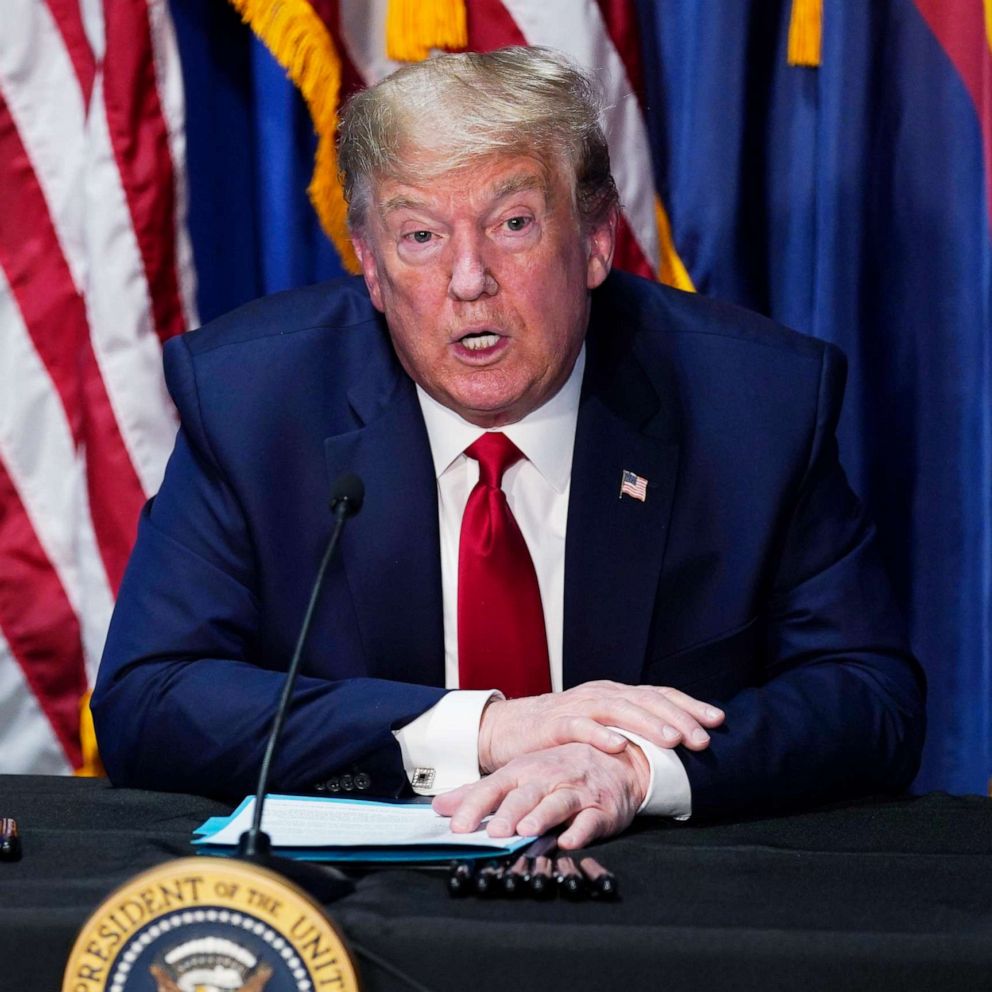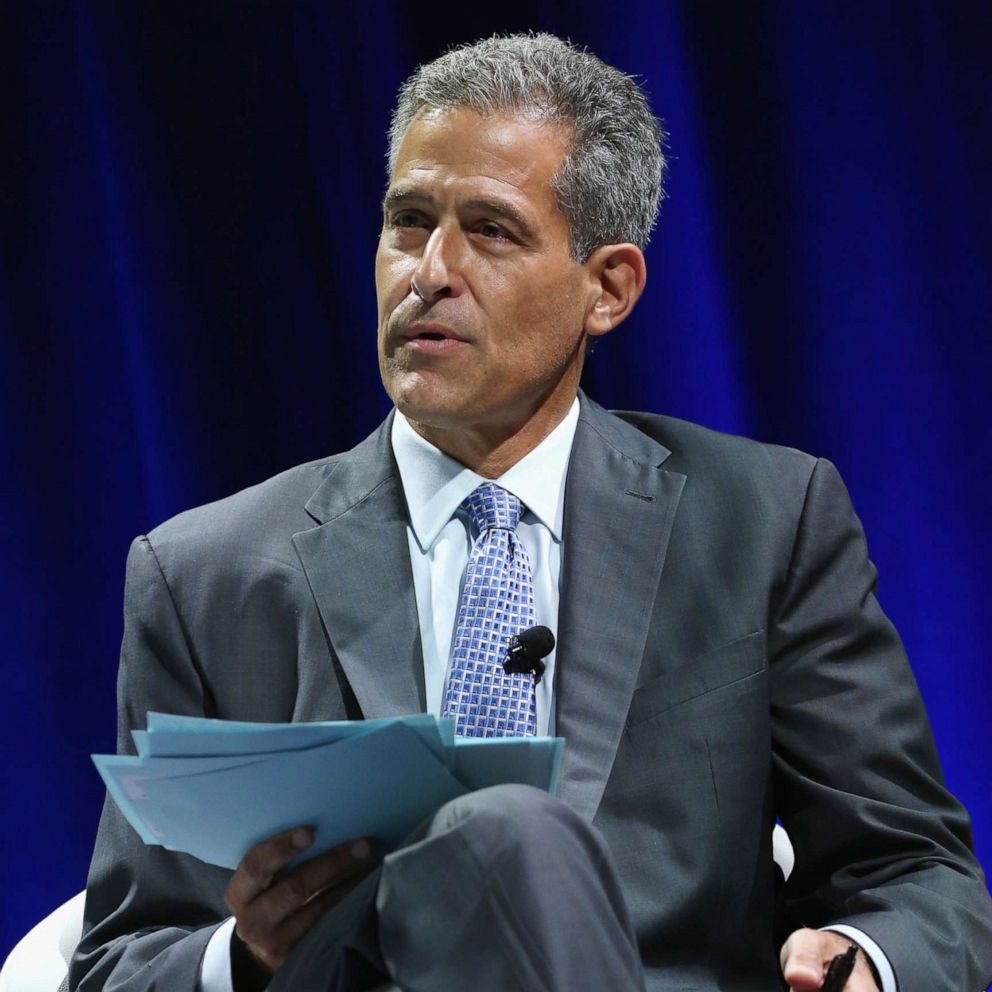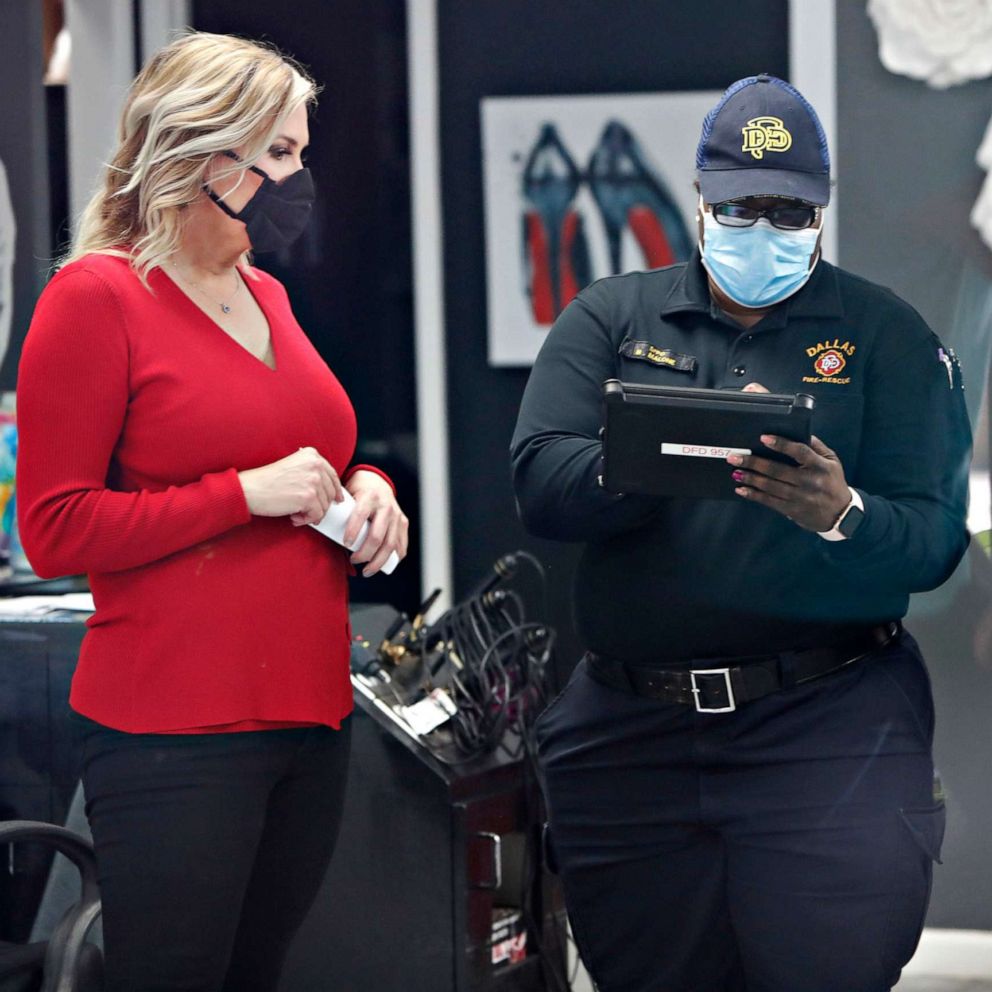Historic New York City subway shutdown for cleaning deemed 'successful'
Relocating homeless individuals put them at risk, advocates said.
The first deliberate shutdown of the New York City subway system in 115 years was deemed "successful" by transit officials on Wednesday, after a small army of cleaners disinfected trains, and police officers, social workers and nurses helped remove many of the homeless population that had been sheltering underground during the pandemic.
The mission to make the normally 24-hour transit service safe for essential workers to ride commenced at 1 a.m., and by 5 a.m. the crews had deep-cleaned all the trains in the system and mobilized alternative shuttle buses during that four-hour window, officials said.
The daily cleaning is scheduled to continue at those hours for the duration of the pandemic, which has killed nearly 14,000 people in New York City and infected more than 173,000. At least 109 MTA employees have died from coronavirus, and all but three of them worked for the subway or bus divisions, transit officials said.
"I think it's fair to say the first closing of the subway in 115 years was successful," Metropolitan Transportation Authority Chairman Pat Foye said Wednesday in an interview with WCBS radio.
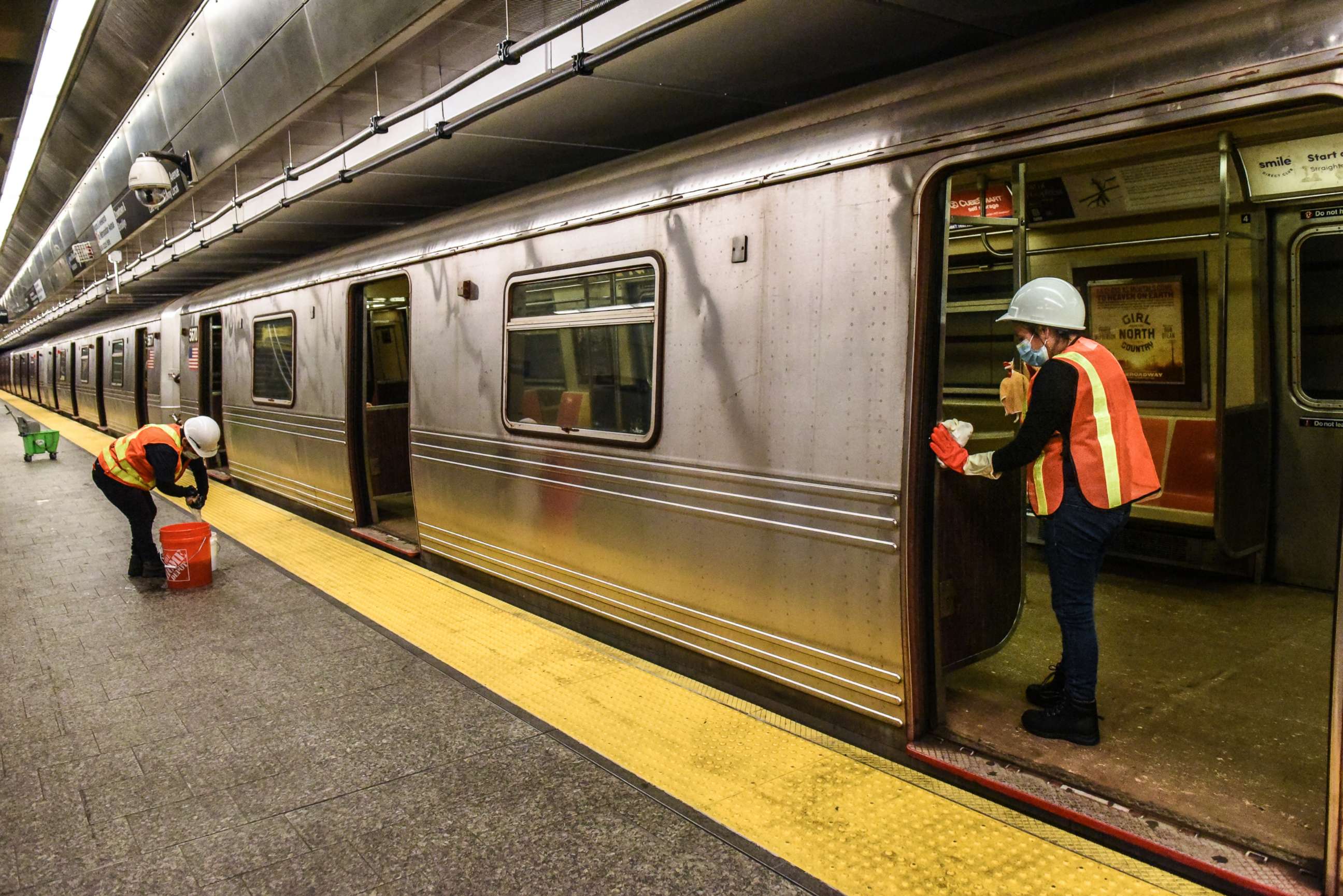
But Giselle Routhier, policy director of the nonprofit group Coalition for the Homeless, criticized the operation for forcing homeless people, who use the subways as a refuge, into the streets.
"Last night, the MTA and the NYPD began implementing a policy that is pushing hundreds of vulnerable homeless people into the streets in the middle of a pandemic," Routhier said in a statement. "Meanwhile, thousands of hotel rooms sit empty -- places that could be used to help homeless New Yorkers get back on their feet and maintain safe social distancing. The City and State are failing our homeless neighbors at a time when their very lives are at risk and when the solution is so easy and obvious."
Trains came to a halt for the mass cleaning in four of the five boroughs. The Staten Island Rapid Transit remained open.
A team of about 700 cleaners ensured nearly every train car was cleaned at least once, and some likely more than once, MTA officials said.
About 1,000 police officers, along with nurses and social workers, fanned out across the city to help remove homeless people from 472 of the system's subway stations as the mass cleaning commenced.
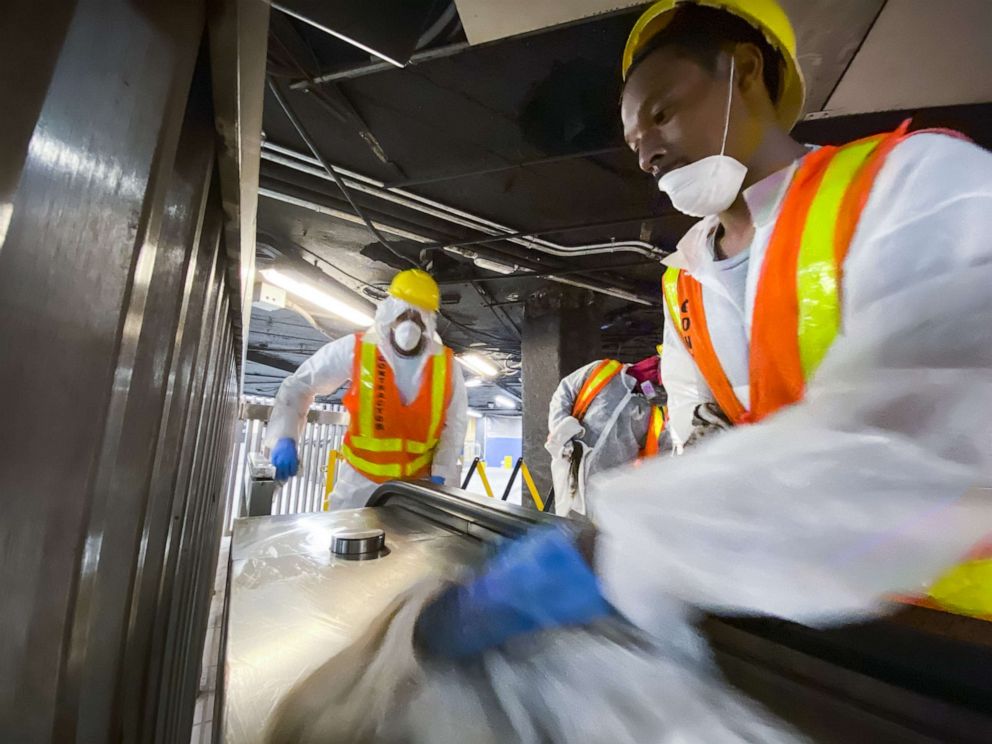
At his daily coronavirus briefing on Wednesday, New York City Mayor Bill de Blasio said outreach teams and police engaged with about 250 homeless people to remove them from subway cars and stations, and that 139 of them accepted invitations to go into shelters and other programs that he hopes will help them break the cycle of homelessness.
"We have never ever seen so much success in a single night before," de Blasio said. "We've never seen this many people who were living on the streets agree to something different."
NYPD Chief Terry Monahan added: "We weren't sure what we would get -- 252 was a reasonable number compared to what people thought were living in stations. If we can get more and more [individuals] into services, that number can get even lower."
No arrests or summonses were issued, officials said.
Citing government surveys, de Blasio said 3,500 to 4,000 homeless people live on New York City streets or within the subway system on any given night, but added that the number of people who accepted housing offered by outreach workers during Wednesday morning's cleaning was "remarkable."
Foye said the shuttle bus service was "effective" and that he didn't hear of any overcrowding issues.
In addition to shuttle buses, the MTA paid for 250 for-hire vehicle trips for essential workers through its Essential Connector program, said Foye, adding, "As we predicted, most of the riders, first responders and essential workers in this 1 a.m. to 5 a.m. period were served by the robust bus service that was added."
